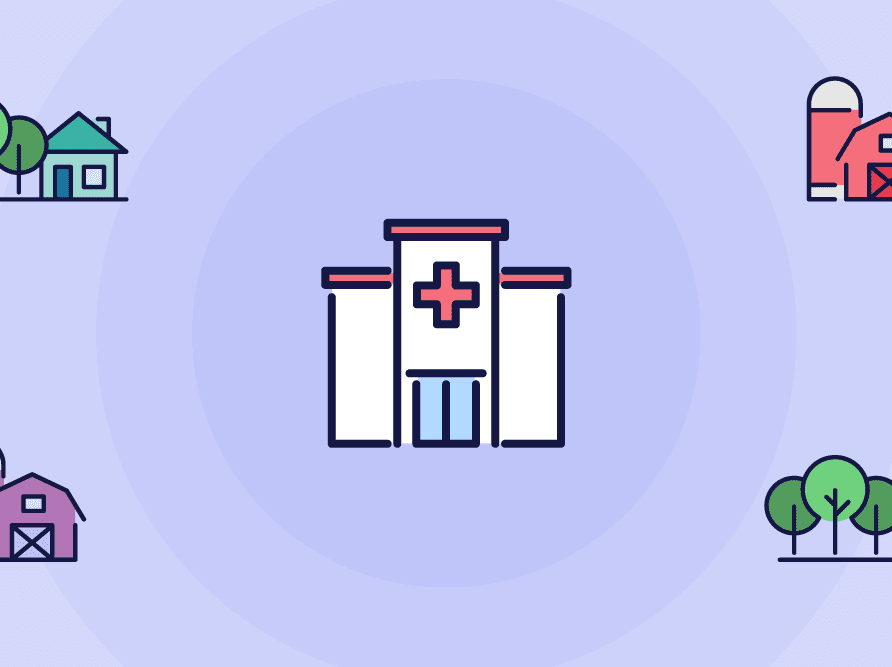Article
The hospital room of the future: the patient’s home
* This content was originally published prior to N. Harris Computer Corporation’s 2022 acquisition of the Allscripts Hospital and Large Physician Practice business segment. Our business is now known as Altera Digital Health.
When we talk about the future of healthcare in the EHR business, this question is frequently asked: What does the hospital room of the future look like?
I’ve always answered that the room looks like the patient’s home. And this future is a lot closer than we think.
The new normal is meeting patients where they are
COVID-19 has taught us a lot. One main thing we learned is that home-based care is the future, and that the future is happening now. The early phases of the pandemic seriously challenged our healthcare system, as thousands of appointments and elective surgeries were canceled, and patients were advised to avoid physicians’ offices and hospitals.
This led to a backlog of “non-essential” follow up and surgeries, which negatively impacted patients’ quality of life. The delay of hip and knee replacements, for instance, led to lack of mobility, constant pain and potential exacerbation of opioid dependencies. With the strain put on both patient lives and financial systems, we had to adapt the pursuit of care outside the system.
We then learned to create care where patients are, and deliver it to where they’re able to be—whether remotely at home or in a secondary clinic. This is continuing as a trend. The use of telehealth has skyrocketed, and its meteoric rise shows no sign of slowing down, especially as it’s supported by government initiatives and clinicians are finding new ways to get involved. Nurses can do behavioral coaching and counseling through video and telehealth integration, services that used to be offered in an office or hospital but are now have a natural path to the patient’s home. Meanwhile, formerly inpatient procedures and surgeries are being performed in outpatient settings, a shift that reduces cost and helps patients recover at home, supported by new technologies.
Tracking and recovering in the patient’s home
There’s no longer much limit to what can be set up and done for patients at home, and monitored remotely. Along with telehealth portals, the advent of wearables and internet devices means the hospital bed of the future can truly be located in the patient’s home.
This has a precedent. For a number of years, Allscripts offered internet-connected scales for weighing patients with CHS or COPD, which offers extended results into the FollowMyHealth® portal. From there, FollowMyHealth registers that result and notifies the physician of any changes via Sunrise™. The physician can immediately act, changing medication dosage or setting the patient up for further monitoring.
In the future, as the use of IoT continues to grow in both home and clinical settings, we’ll see this process expand, with more data and more devices connected to the internet. Devices like Nest thermostats track humidity, which can impact health, and wearable devices like Halo and the Apple Watch can monitor sleep patterns and help detect apnea and hypertension as well as all kinds of “metrics of health.” Patients are always connected, and the devices help not only get them well, but keep them well.
The future is still now
We already have all the technology necessary to connect patients’ health at home. We simply need to connect the dots and manage it. Clinicians may balk at the large amount of data they would get from a constant feed from patients’ devices, but at Allscripts, we’re working to help curate that data in a way that’s useful while employing data analytics to optimize it for clinician use—providing only the data they actually need to make care plans for the patients.
Moving into 2021 and beyond, we already have the devices, data and systems in place to serve patients in their homes and in secondary locations. In the EHR field, we see now how the patient’s home is on the path toward being as connected as any hospital setting. The key now is embracing this change and continuing to innovate to make care open for everyone, regardless of where they might be.













